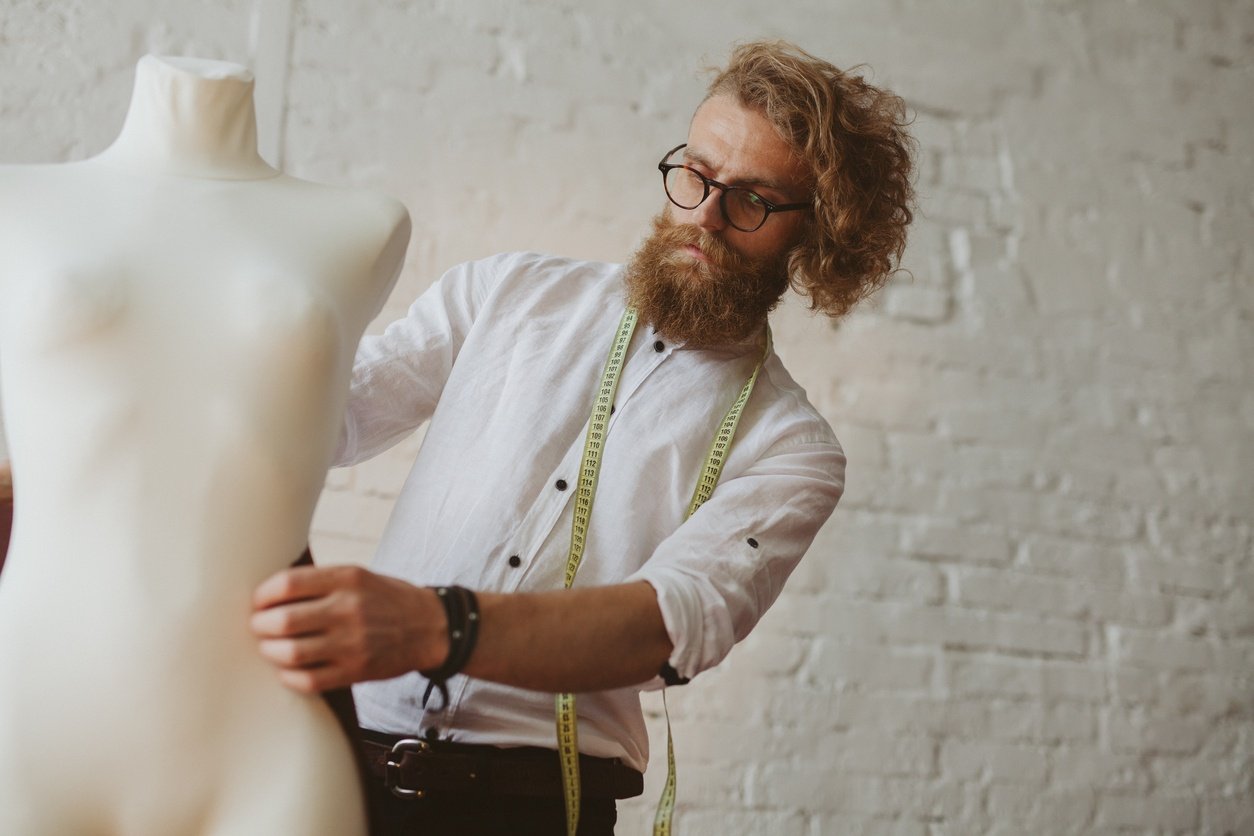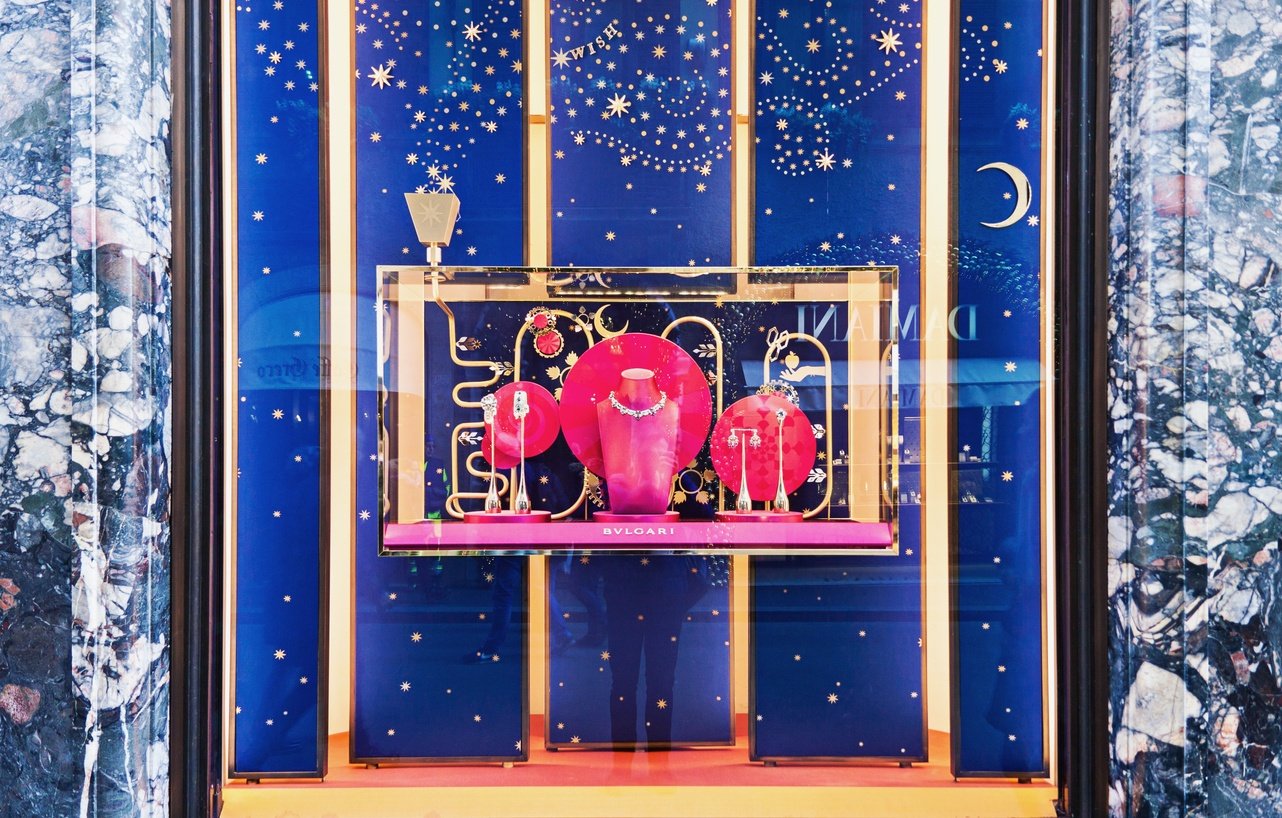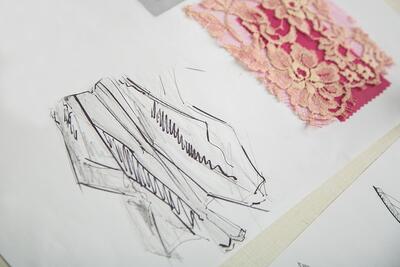In the ever-evolving industry of fashion, creative expression must be protected through intellectual property (IP) rights. The value of each industrial design asset and the brand that markets that asset are intellectual capital that strengthen a business position within the fashion industry.
When considering IP within the fashion industry, the most notable challenge is handling the protection of numerous designs on a seasonal basis. This includes the protection of the industrial design for each item as well as searching for and creating relevant and captivating names for each design.

Trademark searching, trademark registrations, enforcing copyright law, and other IP portfolio management services can become costly for a fashion house, especially when they do not have an internal legal team and most or all of these services are carried out by external providers.
Many small and medium-sized fashion houses find the associated costs of these services prohibitive for their business. In these cases, agent benchmarking can provide an optimal solution for a brand, even with a low budget. This process is used to compare the specific IP requirements and budget of a fashion house against the market in order to find the correct service provider(s) for those needs.
For medium and large fashion houses, the use of agent benchmarking can save the business considerably on the costs of IP services. Selecting the best agents for specific services and optimizing the allocation of funds towards different services can not only reduce the cost of the IP management spend for a fashion house, but it can also increase the potential revenue of its IP assets.

Trademark searching can be an expensive task for a fashion house. It requires access to comprehensive databases as well as a legal team to determine your requirements and filter the results. Working with an IP services provider can help to tackle both of these issues. It is best to choose a provider that can cover global trademark searches with country-specific detail to ensure that your fashion brand is adequately protected in your target markets. It is also advisable to work with a provider that allows for different options to control costs, so you don’t overspend for extensive services that your business does not require. They should be able to provide different trademark searching options based on the level of customization you need.


One of the most challenging parts of IP management for a fashion house can be name creation. This is mainly due to the evolving nature of the fashion industry. New fashion lines are usually created every season, which includes many new design assets requiring evocative and memorable names. This may also include textile patterns and materials that have been newly designed. Using an IP service provider that can assist with name creation can save your business time and money whilst also ensuring that your designs are market ready.
The names associated with fashion designs can remain with them for years, even decades, especially in high fashion. For example, the Hermès Birkin Bag is one of the most renowned and expensive selection of handbags in the world, which is identified distinctly by its name and design. This iconic fashion item has also faced challenges regarding its name, however it has remained as one of the most recognized fashion accessory names since it was created in 1984.
Working with an IP services provider to create unique names adds value to your designs. It distinguishes those items in the market and makes your visual designs shareable and identifiable through text, which is valuable for PR and searchability. By using trademark searching and name creation services, you are able to ensure that your name is unique, relevant, and protected through copyright law.
Whether you are a small, medium or large fashion house, your brand is the most valuable part of your business. Customers will associate your brand with specific styles, quality and experiences. Many fashion houses invest much of their time and money to build a relationship with their customers through their brand. However, if the brand is not protected through trademark filing and enforcement, customers may be able to find the same styles, quality and even experiences elsewhere, which can have a detrimental effect on your bottom line.
For this reason, it is important to ensure that a fashion house can assuredly protect the brand through trademark registration and their assets through copyright law. This reduces the risk of others borrowing or stealing from your brand or using it for other malicious purposes. It also provides legal standing to pursue cases where copyright infringement has taken place. The most distinguishing features that a fashion house should protect through trademarks are its brand name and logo as these are the most identifiable IP assets for a brand, whether it is a high-fashion brand or a high-street brand.
Fashion brands may design logo patterns and textile prints, which are also distinctly associated with the brand. These can also be trademarked to prevent others from using your patterns or prints on their products without your permission. Additionally, protecting the artful designs of a fashion house from copyright infringement has a direct impact on its brand value and revenue. If you need to protect a custom textile print, a new fabric composition or the three-dimensional aspects of a unique shape, registering your intellectual property can add value to your business; it enables you to choose whether you want to prevent others from using your asset or if you want to license that asset for additional revenue.


When a fashion house invents a new material or designs a new product, the protection of that asset directly impacts on its revenue. If a brand requires an invention patent for a new material, this can include the finished product, the composition of the material, the machine used to make the material, the process for making the material, or even an improvement on any of these aspects that already exist. This ensures that others cannot make, sell or use your invention without your permission. In this way, a fashion house can also leverage their inventions by licensing them in order to receive a greater return on their investment.
The addition of new industrial designs to a fashion line can also be patent protected. This refers to any product that has distinctive visual features, including the shape, composition, pattern or adornment of other elements as well as a combination of any of these features. A patent may also include the unique elements used to create the design, such as the materials, machinery and process.
Fashion brands may also carry an extensive selection of products, designs, and other assets that are patentable, which extend beyond traditional items, such as clothing, shoes and accessories. For example, many brands have developed fragrances, cosmetics, homewares, and other lifestyle products that are also patentable. It is important to consult with a patent specialist to ensure that your business is patenting and leveraging all potential IP assets in its catalogue as well as the unique materials, compositions, machinery and processes that are used to make them.
In some cases, fashion houses will have products that require long-term protection and more seasonal products that require a shorter term of protection. Consulting with a patent specialist will help you to understand how to protect each of these types of product using patents so that your designs have adequate protection without creating unnecessary cost to your business.

When a fashion house wants to control costs or test a new product on the market, they can use an unregistered form of protection on their designs. This is an option that is available in the European Union and the United Kingdom, which provides short-term design protection on a product before going through the trademark registration process. While more iconic fashion items that remain in a collection usually require long-term protection, the use of an unregistered form of protection for short-term or “fast fashion” items can be more cost effective for a brand as it covers the design for up to three years within the EU and the UK.

Each fashion brand is unique and may require other IP management services to cover different scenarios that it will face. In the event of a rebrand, merger or acquisition you may require an IP recordals service to manage the amendments to your IP assets. If there is an infringement on your trademark, you may also need specialist legal help to enforce your trademark or patent.
Depending on your internal resources, you may require assistance to manage your IP portfolio, including the addition or removal of IP assets, trademark and design renewals, patent annuity payments, and managing your online domain. In order to determine the level of assistance your fashion house requires to manage your IP portfolio, you can consult with our team IP management specialists who will work with you to define the best course of action to protect and leverage your intellectual property.

Download our free guide “The 3 Elements to Consider When Doing a Trademark Search” and discover:
Download our eBook, Three Stages to any IP Strategy, and learn about:
Möhlstraße 2, 81675 München